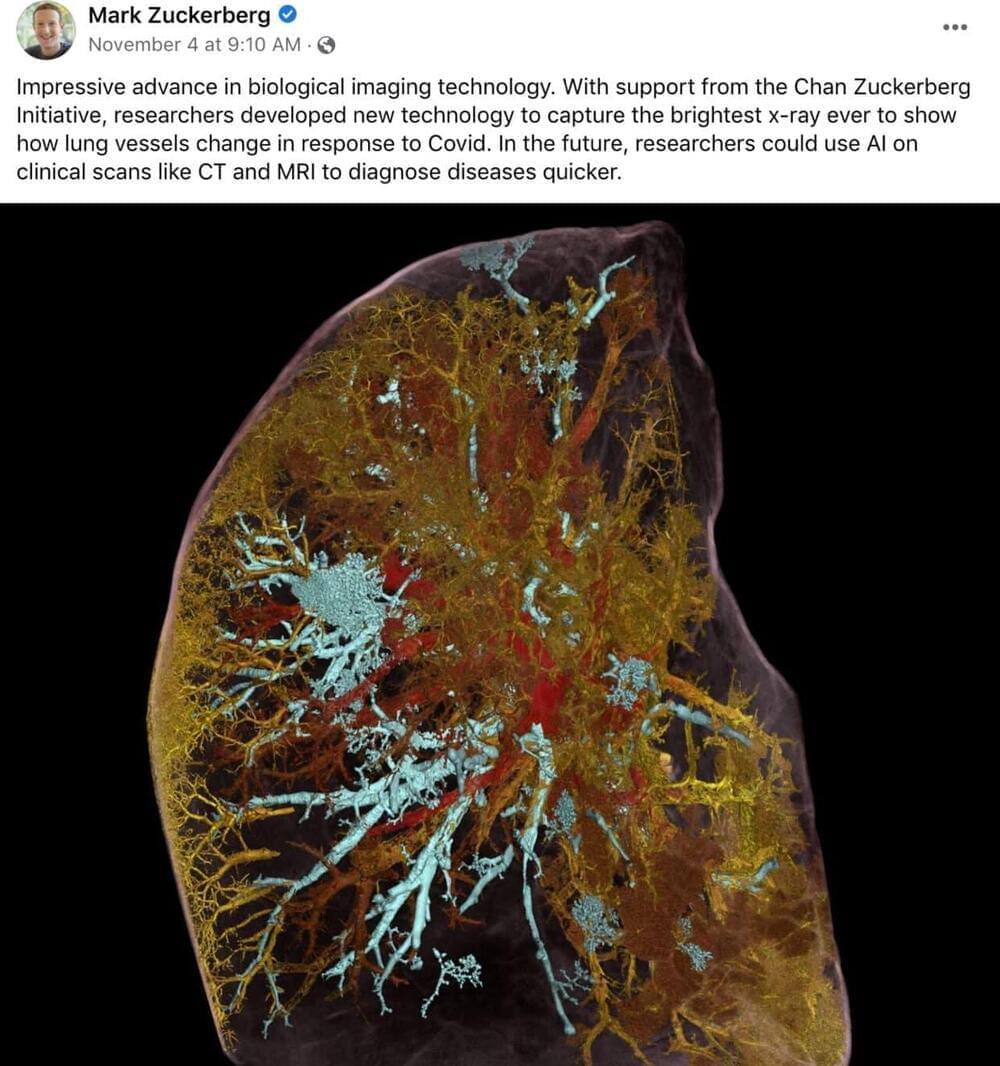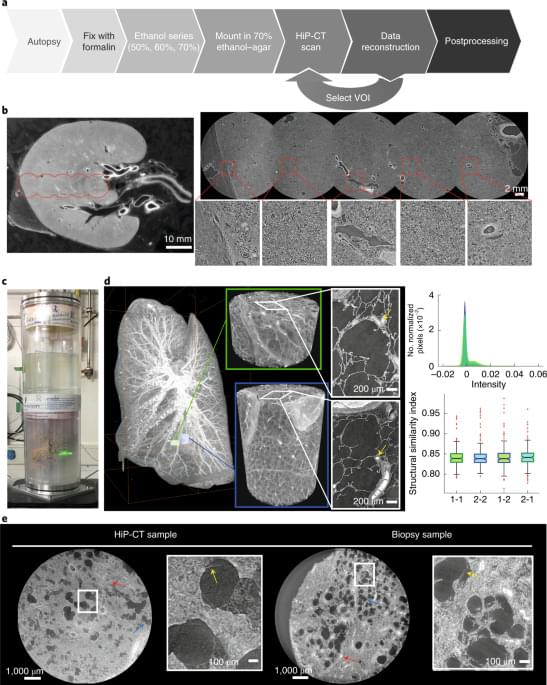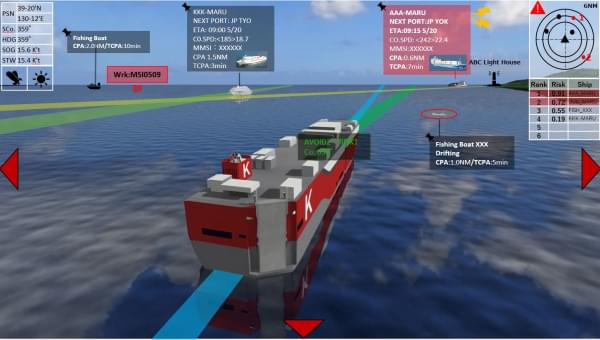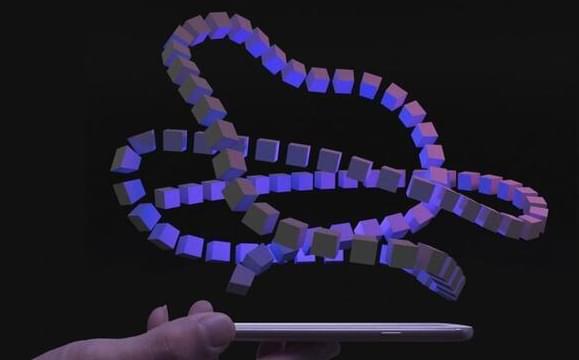Billionaire CEO pledged to abide by vote’s outcome after asking whether he should sell 10% of his Tesla shares.






Putin stressed that the work on a unified system of reference data for shaping the program was already underway at the Ministry.
“The key task here is to ensure the weapon systems and equipment that will be manufactured and supplied to the armed forces under this program should reliably protect Russia from potential threats,” he concluded.

The agreement is part of K Line’s Initiative for Expediting Implementation of Autonomous Ships.
The joint R&D project aims to develop a system that will prevent serious maritime accidents such as ship collisions and groundings and that will lead to autonomous ship operations by combining K Line’s manoeuvring knowledge and experience in safe ship operation over many years, JRC marine equipment’s knowledge and advanced radio technology developed, and YDK’s steering and propulsion control technology.
The aim is to develop a comprehensive system that will further improve the safety of ship operations by utilising the knowledge and technologies of the three partners in each process from situation awareness by the seafarer to maneuvering control of the ship, combined with the most advanced technologies provided by Groke Technologies, Fujitsu, and Forum8.
A new study by MIT Lincoln Laboratory shows Hanabi players are frustrated when teamed up with top-performing reinforcement learning systems.
Extraterrestrial life refers to life forms that did not originate and are not indigenous to our planet. So this term covers all possible types of life outside the Earth: These can be viruses, but also plant-like life forms. Some go even further: they are looking for creatures that are very similar to humans in their complexity or even surpass them, popularly known as aliens. But if there is extraterrestrial life, why hasn’t anyone heard about it until now? Do so-called aliens even exist? The Fermi Paradox addresses this very question. What approaches there are to this you can find out here!
Video recommendation:
Letters Show What Rescue Teams Did to the People on the Titanic!
Subscribe for more! ► https://bit.ly/2Q64mGd.
Credit: NASA, ESA, ESO, spacex, wikipedia, shutterstock,…
#TheSimplySpaceEN

The decentralized alternative, called Project Liberty, may free our personal data from social media giants Billionaire entrepreneur Frank McCourt is funding new blockchain-based technology to free our social data from Big Tech.
The effort, which he has dubbed Project Liberty, focuses on creating a blockchain-based database of individuals’ social connections, which users can port from one platform to another. Doing so could free people from being locked in to the current dominant social media apps — like Facebook.
Full Story:
This article is an installment of The Future Explored, a weekly guide to world-changing technology. You can get stories like this one straight to your inbox every Thursday morning by subscribing here.
Holograms have been a staple of science fiction for centuries, but now they may be on the verge of reality thanks to PORTL, a startup based in Los Angeles.
How it works: The startup has designed large, vending-machine-sized booths that they call “PORTL Epic” to generate real-time, life-size holograms. 100 of these booths are currently located all around the world from Abu Dhabi to Miami.